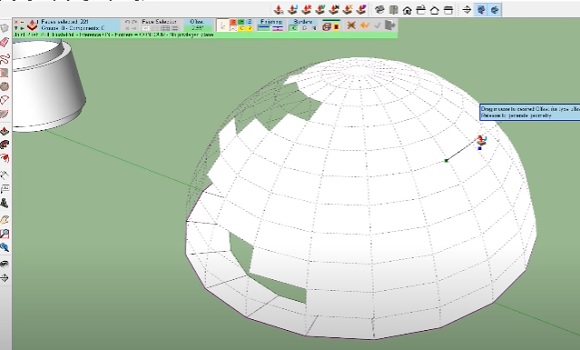Learn Plugin Developement
There are many tutorials, resources and forums available online that will help you get started. Use the following list as a springboard:
Plugin Sketchup Skatter
- Hello world!
- Distributing your plugin
- SketchUp API documentation
- SketchUp Ruby Cheatsheet
- Official SketchUp API Blog
- SketchUp Ruby Resources
- Ruby Code Snippets
- Ruby Documentation
You can also find great forums for discussion in the official Developer Forum or at SketchUcation.

Sketchup Plugins. AgiliCity: MODELUR (Urban Design Extension) v2021.06.01. Modelur is a parametric Urban Design extension for SketchUp. By calculating key urban parameters on-the-fly, it helps you to quickly create and test different urban design alternatives. 7-day free Trial available on our website. SketchUp Plugin and Extension Store by SketchUcation provides free downloads of hundreds of SketchUp extensions and plugins. Sketchup is the most popular 3D modeling software that is being used by eminent artists, interior designers, architects, engineers, educationists, people involved in light construction, especially in films and on stage. Sketchy FFD by CPhillips. Sketchy FFD adds a “control cage” to an object, allowing you to create complex curved, forms from gridded surfaces. It raises the possibility of creating domes, arches or free-flowing organic shapes constructed from “weaved” elements or mesh. A full demo is available here, and the plugin can be downloaded here. Download and setting Cleanup Sketchup Plugin. The latest Cleanup Plugin is V3.4.3, the main feature of Cleanup Plugin is to clean the sketchup file by deleting hidden or unused objects. The plugin is easy to use, you install the plugin as usual, set it up once, and next time use it with just one click.
The following concerns plugins written in Ruby (the programming language included with SketchUp’s free and Pro versions). It is a basic template to get you started. Also note that SketchUp has a C++ SDK (in case you intend to work with it from other software).
Although you can use any text editor to create a plugin, it might be a good idea to install my Ruby Code Editor plugin into SketchUp first. This allows you to experiment with Ruby scripting. You can then afterwards package your code in a plugin using the instructions below.
RBZ Plugin File Structure
The RBZ file format was introduced in Maintenance Release 2 of Version 8. Packaging a plugin this way allows a user to easily install it from SketchUp’s Preferences dialog.

To enable use of the RBZ-installer functionality, all files that make up a plugin must be packaged in one single compressed file (note that the RBZ file is simply a re-named ZIP file).

As a reference: SketchUp’s default Plugin installation folder can be found here (replace version number with current major version):
Plugin Sketchup Stl
Windows: C:Program FilesGoogleGoogle SketchUp 8Plugins
Mac: /Library/Application Support/Google SketchUp 8/SketchUp/Plugins/
Plugin Template
It is a good idea to a) use SketchUp’s extension system and b) wrap your plugin in a Ruby Module. Below is some sample code to get you started. Replace “my” with your initials to keep things clean.
Free Plugin Sketchup
Contents of /my_plugin_loader.rb (in main directory)

Contents of /my_plugin/my_plugin.rb (in subfolder)
Plugin Sketchup Download
Please note: If you prefer to not have your plugin’s source code visible, then you can use SketchUp’s Scrambler to encrypt Ruby files.